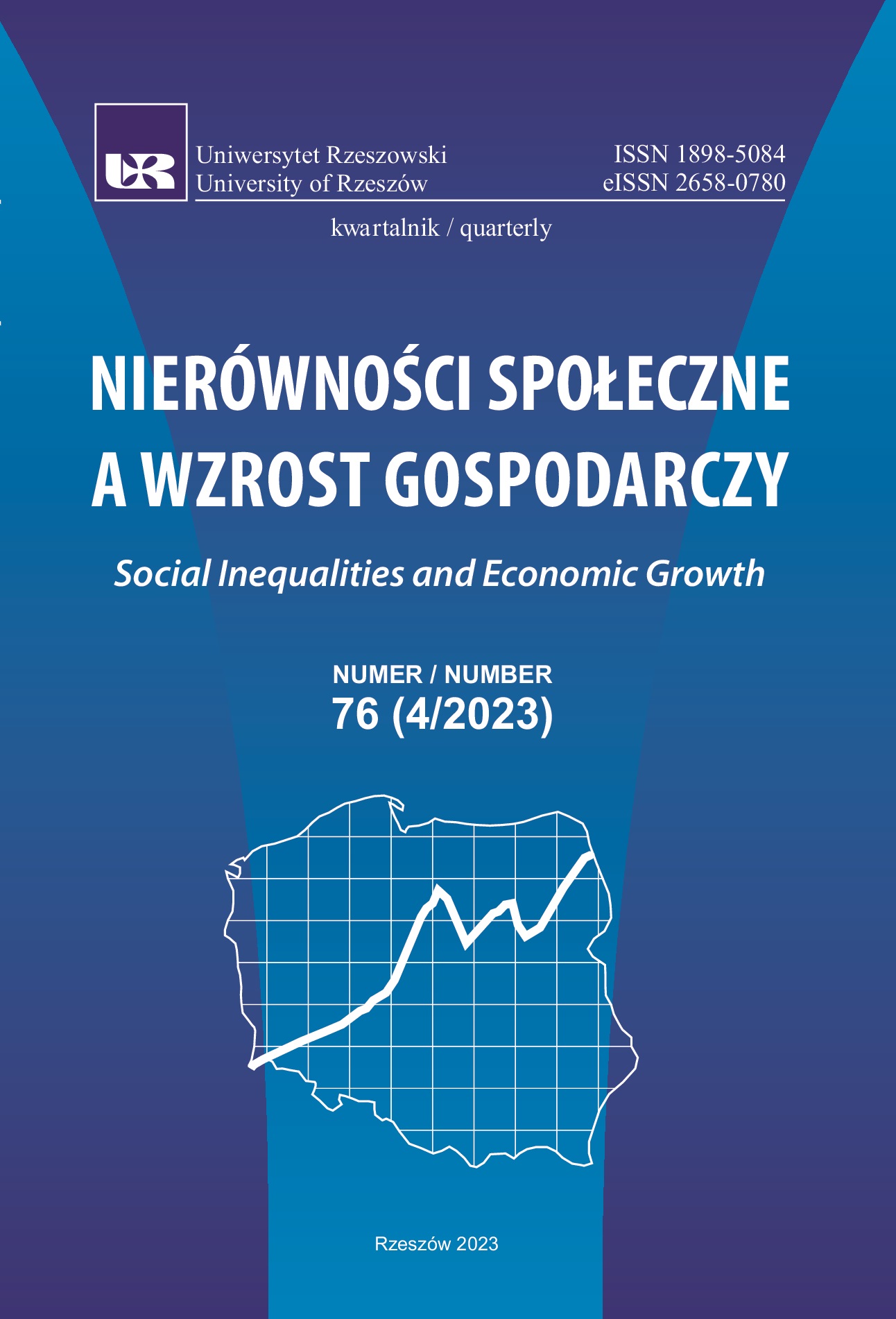Opodatkowanie dochodu w społeczeństwie
„męskim” i „żeńskim” – czy istnieje związek między
systemem opodatkowania dochodu, dobrobytem kobiet
a wzorcem kultury w państwach OECD?
Taxation of income in “male” and “female” societies – is there a relationship
between taxation, women’s welfare and cultural patterns in OECD countries?
Author(s): Magda Wiśniewska-KuźmaSubject(s): Gender Studies, National Economy, Fiscal Politics / Budgeting, Socio-Economic Research
Published by: Wydawnictwo Uniwersytetu Rzeszowskiego
Keywords: personal income tax; social security contributions; women’s welfare; gender ine- qualities; cultural patterns;
Summary/Abstract: The article proposes the inclusion of cultural conditions in explaining differences in the structure and progressivity of income taxation and the socio-economic welfare of women in OECD countries.A connection was identified between the structure of income taxation and its progressivity, the socio-economic well-being of women, and gender inequalities, determined by cultural conditions. Basedon Hofstede’s cultural dimension classification, OECD countries were divided into seven clusters.The model characterized by a low power distance index, moderate individualism, the highest level offemininity, low uncertainty avoidance, relatively low long-term orientation, and strong indulgenceshowed the highest level of women’s welfare and the lowest gender disparities. It was revealed thata higher level of power distance, masculinity, restraint, and uncertainty avoidance is associated withlower welfare and a higher gender inequality, and in the case of variables characterizing incometaxation, a lower fiscal importance of PIT, and higher social security contributions. It has been shownthat countries with higher women’s welfare and lower economic and social gender inequalities arecharacterized by the higher fiscal importance of PIT as opposed to social security contributions dueto higher PIT rates in both income groups, a lower degree of progression in PIT, and a lower taxwedge. The results provide evidence that egalitarian societies with higher levels of women’s welfareand lower gender disparities preferred higher personal income taxation, with lower progressivitycompared to the burden of social security contributions to income.
Journal: Nierówności Społeczne a Wzrost Gospodarczy
- Issue Year: 2023
- Issue No: 76
- Page Range: 52-71
- Page Count: 20
- Language: Polish

